From the rapid flight of a bird cutting through the air to the swift dashes of a land animal evading predators, the animal kingdom boasts creatures that completely redefine the concept of speed. These are animals that have honed their speeds to near perfection, making them fearsome predators, troublesome prey, or an ingenious mix of both. From iconic wild cats to unassuming insects, read on to find out some of the members of the elite club of the world’s fastest.
CHEETAHS
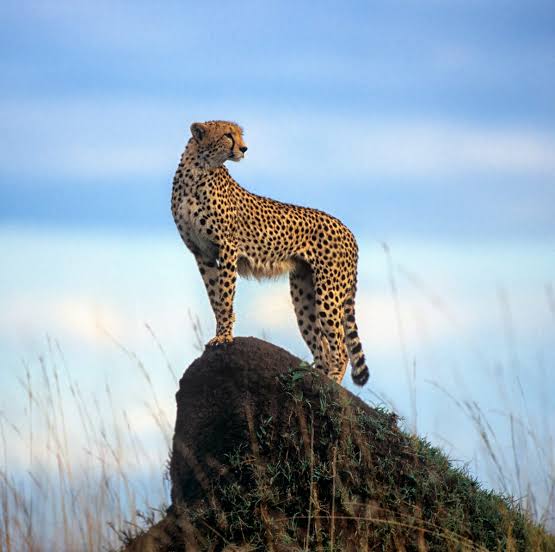
These are most likely the animals that first come to mind when you think of ‘speed’. These svelte, spotted beauties are renowned speedsters in the animal kingdom, and it is not without good reason. They are the fastest land animals, clocking speeds exceeding 100 km/h at their fastest. What’s more? They accelerate very impressively too. They can go from zero to top speed in four seconds or less – faster than a Ferrari.
Cheetahs owe a great deal of their speed to their unique body build. Their slim, muscular build and relatively small heads allow them to effortlessly tear through the air at top speeds. Their long, thick tail serves as a rudder that helps with balance as they adjust their direction during sprints. Coupled with their keen eyesight, cheetahs make formidable predators in the savannah. Their diet consists of gazelles, antelopes, wildebeests, and some other medium-sized ungulates.
PEREGRINE FALCONS
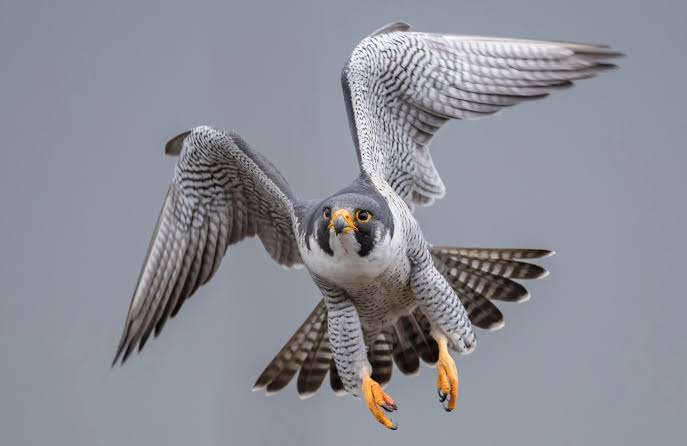
Their distinctive appearance gives them away – a blue-grey back, white underparts, and a black head. Peregrine falcons are very successful raptors. They owe that to their speed, unique hunting strategy, diverse diet, adaptability, and intelligence. Peregrine falcons hunt with a unique ‘hunting stoop’. It is a high-speed dive that allows them to clock terrifying speeds over 300km/h towards prey. These birds have been noted to clock speeds over a staggering 320km/h, about three times faster than cheetahs. The highest speed ever recorded on screen is about 389 km/h. Their diet consists of small and medium-sized birds, small mammals, reptiles, and sometimes, even insects.
While cheetahs might be the fastest animals on land, peregrine falcons are the unrivaled speedsters of the skies. They are also the fastest animals on earth. They are medium-sized falcons with an almost ubiquitous distribution, the main exceptions being polar regions. Peregrine falcons are relatively popular birds because of their trainability, remarkable hunting ability, and versatility. This makes them suitable as game birds. In addition, they are icons of significance in some religions and have been associated with aristocracy. Furthermore, they serve as official birds of certain districts and some institutions.
BLACK MARLIN
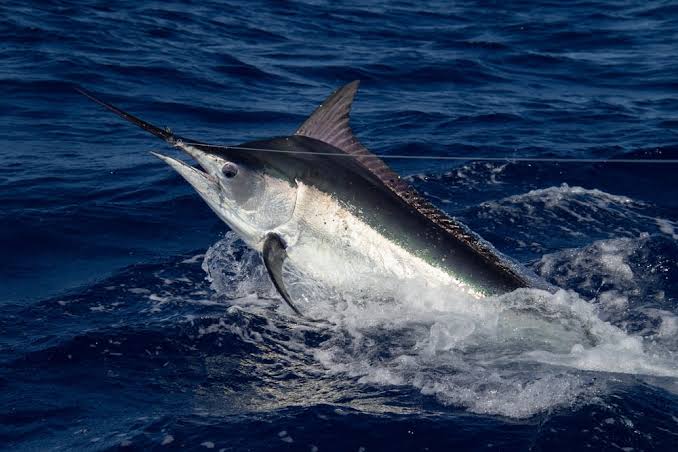
With only creatures like the sailfish being barely able to rival their speeds, black marlins are arguably the fastest fishes in the sea. Albeit controversial, some sources have noted black marlins to clock speeds of about 130 km/h – a truly astounding speed in the seas. Black marlins get their name from their characteristic blue-black dorsal side – which contrasts with their chrome underside. They stand out from other marlin species by their rigid pectoral fins and their sizes. Black marlins can reach lengths of 15 feet. This makes them arguably the largest marlin species and in turn, some of the biggest bony fishes on the planet.
However, despite their sizes, these majestic creatures have been engineered over millennia by evolution to be the ultimate marine speedsters in their domains. Their diet consists of a variety of fishes and cephalopods such as squids and octopuses. Black marlins are very popular game fish, and they are often hunted along the coasts of South America, Southern Asia, and Australia. They have been noted to spend relatively more time closest to the surface than many other billfishes. Due to the dearth of information on these fishes, their conversation status is unknown.
BLACK SPINY-TAILED IGUANA
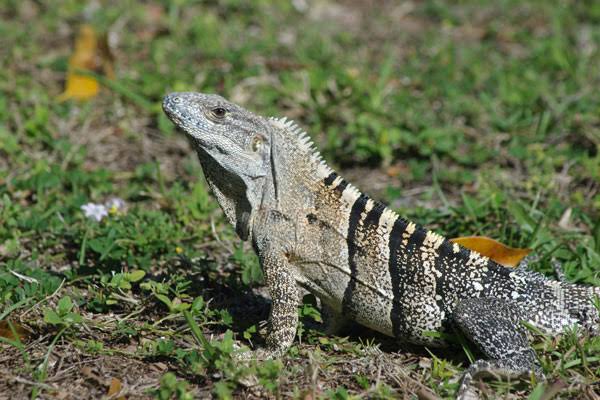
The Costa Rican spiny-tailed iguana is widely considered the fastest lizard, reaching speeds of up to 35 km/h. Although this speed is hardly comparable to those of the aforementioned creatures, it still makes for a very impressive stat, relatively – only the leatherback sea turtle and the green iguana come close in the reptilian world. Also known as the black spiny-tailed iguana, these reptiles are relatively common in dry habitats of Costa Rica. They are renowned for their black color, stocky build, and spiny tails.
These reptiles have a propensity to reside in habitats with a lot of rocks they bask on, crevices where they can slither into for safety, and trees they can readily climb. They are diurnal, foraging about during the day for flowers, leaves, and other plant parts that might be edible to them – they are primarily herbivorous. It is, however, not unusual for them to feed on some arthropods and eggs on occasion. They are known to depend on their speed to get away from predators, but will sometimes fight back if cornered.
HORSEFLY
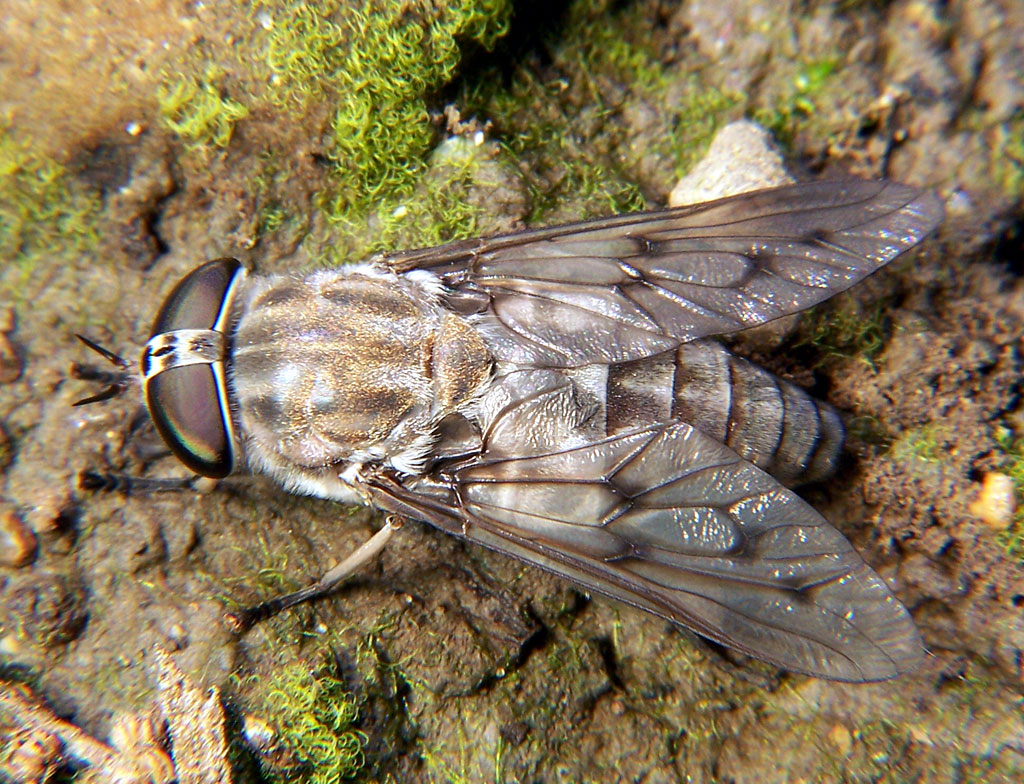
Horseflies, also known as gadflies, green-headed flies, or tabanids, sit comfortably atop the list of the fastest insects – flying or crawling – with speeds of up to 140 km/h. They are relatively large, nimble insects that prefer to fly in sunlight, avoiding dark, obscure areas, and are often inactive at night. The females are known to feed on blood from vertebrates, although the two sexes feed on nectar and some other plant exudates. Their bites are typically painful, but on occasion, they can cause exaggerated symptoms such as urticaria and some other severe allergic manifestations.
Horseflies are found worldwide, with only a few exceptions like the polar regions. They mostly favor warm habitats with moist areas for breeding. They have been known to be vectors of some diseases such as loiasis, tularemia, and trypanosomiasis, among others – affecting livestock productivity in the process.
Enjoyed this read? Check out other wildlife-themed pieces here.



Leave a Reply